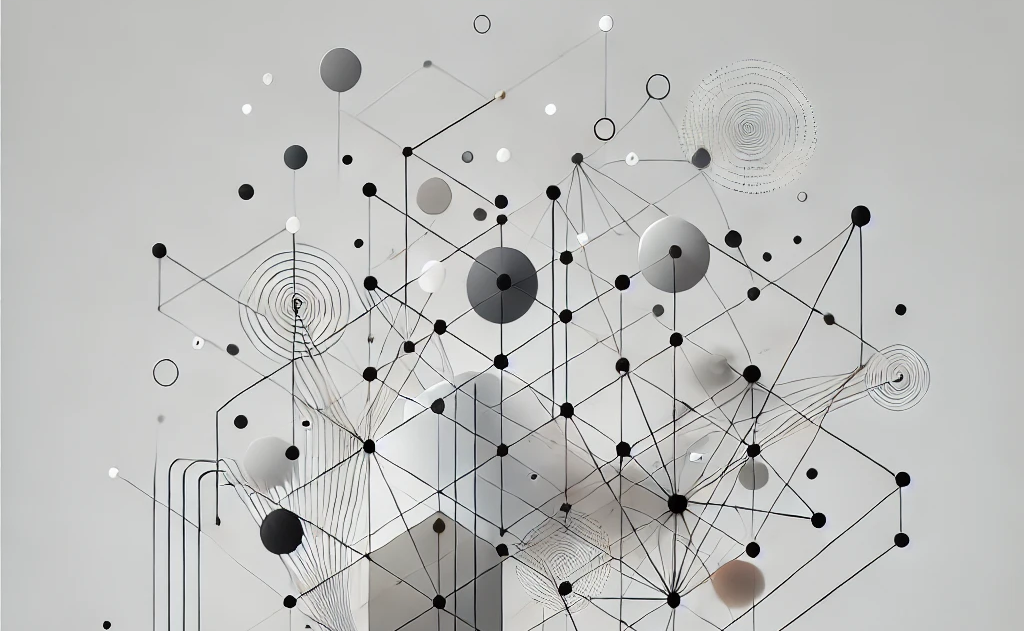The Architecture of Knowledge: The Creative Spark Behind Human Understanding

How Creativity, Pattern Recognition, and Continuous Refinement Shape Knowledge Creation
"Creativity is intelligence having fun." — Albert Einstein
Knowledge, often seen as a rigid structure of facts and theories, is, in reality, a vibrant tapestry woven from the threads of human creativity. Theories begin as imaginative guesses—mental constructs tested for validity. They remain relevant until refuted or replaced by more robust explanations. This dynamic process is powered by creativity, the very force that enables us to connect seemingly unrelated dots and foster knowledge creation.
At the heart of knowledge lies creativity: the ability to see beyond the obvious, to question the known, and to envision the unknown. Knowledge arises from explanatory theories that help predict outcomes. By creatively rearranging and combining these actions, we not only anticipate results but also innovate tools and solutions.
But where do these imaginative leaps originate? Creativity thrives on curiosity and the speculative nature of the human mind. Pattern recognition, shaped by experience, fuels this process. Observed cause-effect relationships are stored as mental patterns, shaping beliefs and expectations. As Steve Jobs once said, "Creativity is just connecting things." New experiences challenge or confirm these patterns, leading to the continuous refinement of theories—each iteration an act of creative evolution.
This refinement mirrors first principles thinking—breaking down complex concepts to their core truths and rebuilding them with fresh perspectives. It’s not limited to scientific inquiry; it permeates all aspects of life, driving personal growth and self-improvement. Belief systems, too, are subject to creative refinement. Sound, creatively tested theories guide better decisions; flawed ones, if left unchallenged, lead to stagnation.
Original ideas flourish through rigorous testing, not mere comparison to established norms. The acknowledgment of fallibility isn’t a weakness but a creative strength. As Thomas Edison famously remarked, "I have not failed. I've just found 10,000 ways that won't work." Every misstep is a stepping stone toward deeper understanding.
Genius isn’t reserved for the few; it’s the ability to connect dots others overlook. Even visionaries like Elon Musk rely on creatively tested theories, refined through experience. Specialization offers depth, but diverse creative interests provide the breadth necessary for innovative thinking.
Experience gains value through creative iteration. Each loop of reflection and refinement is a testament to the agile, ever-evolving nature of knowledge. Psychological insights reveal that pattern recognition and innate curiosity—gifts of evolution—are the bedrock of creative thought.
Complexity in theories mirrors biological evolution: diverse, interconnected, and continuously adapting. Creativity flourishes in this environment, propelled by perseverance, a passion for discovery, and the courage to embrace trial and error.
Testing remains integral to knowledge creation. Real-world experiments validate theories, while consistency across contexts signals robustness. Fear of failure should never stifle creativity; as history shows, breakthroughs emerge from persistent, fearless dot-connecting.
Unified theories gain strength through creative integration, enhancing credibility and fostering a cohesive understanding of complex phenomena.
In essence, creativity isn’t just an artistic endeavour; it’s the lifeblood of knowledge creation. It thrives on overlooked cues, deep understanding, and boundless curiosity. As Maya Angelou wisely noted, "You can't use up creativity. The more you use, the more you have."
https://www.pavisingh.com/the-framework-of-human-understanding/
Member discussion